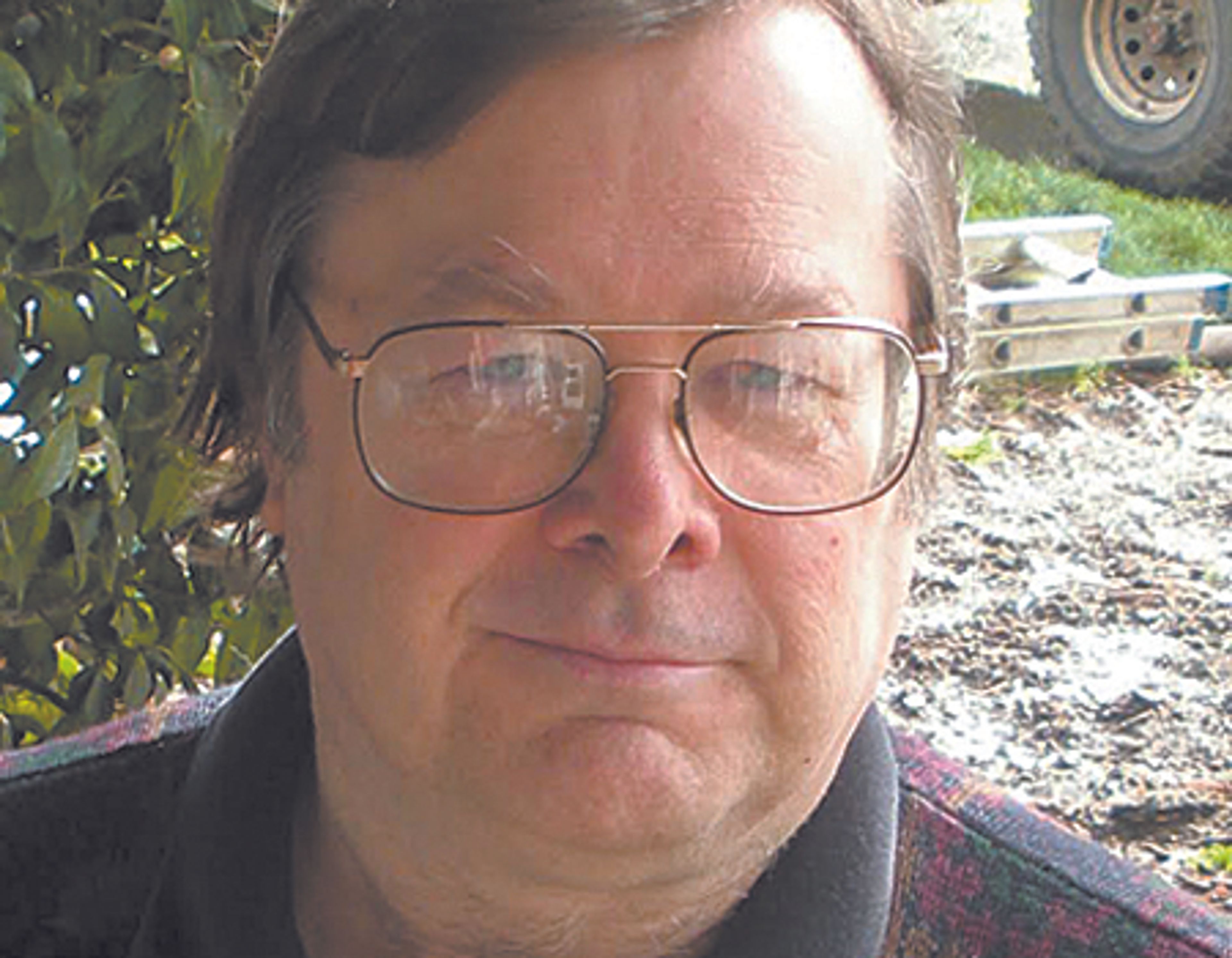OPINION: Where most Idaho kids find truly ‘harmful’ material
Editorial: The Tribune’s Opinion
If Idaho lawmakers truly cared about the well-being of the state’s youngest citizens, they’d encourage them to spend more time in libraries.
Even if those children and adolescents are exposed to Maia Kobabe’s “Gender Queer: A Memoir,” Stephen Chbosky’s “The Perks of Being a Wallflower,” Toni Morrison’s “The Bluest Eye” or any of the myriad books that some adults — even parents — are uncomfortable with, lawmakers would still want those children in a library.
Why?
Because in a library, young people are interacting with themselves and adults in real time and in a safe forum. Activity may be structured. More importantly, it may be entirely spontaneous.
At least, they’re not on a smartphone enveloped by social media.
If “materials harmful to minors” is what’s got you worked up, then this should have your attention: As he inventoried the consequences of a generation raised with Facebook’s like button, Twitter’s retweet option, selfies, TikTok and Instagram, social psychologist and New York University professor Jonathan Haidt chronicled higher rates of anxiety and depression, sleep deprivation and a lack of meaning in their lives. Suicide is more common. So is social isolation. Yes, members of the social media generation drink less. They also date less and they’re less inclined to move out of their parents’ homes.
Last month, Surgeon General Dr. Vivek Murthy warned: No child should spend more than three hours a day on social media. The average teenager exceeds that by at least 30 minutes — at a time when critical brain development leaves them vulnerable to social media’s detrimental consequences: dissatisfaction with their bodies, eating disorders, social comparison and low self-esteem.
“The most common question parents ask me is, ‘Is social media safe for my kids?’ The answer is that we don’t have enough evidence to say it’s safe, and in fact, there is growing evidence that social media use is associated with harm to young people’s mental health,” Murtha wrote in his May 23 advisory. “Children are exposed to harmful content on social media, ranging from violent and sexual content to bullying and harassment. And for too many children, social media is compromising their sleep and valuable in-person time with family and friends. We are in the middle of a national youth mental health crisis and I am concerned that social media is an important driver of that crisis — one that we must urgently address.”
Were Idaho lawmakers on the ball, they’d already be following the lead of Florida Gov. Ron DeSantis, who last year signed into law a bill banning cellphones during instruction hours. Or they’d look into Indiana, where Gov. Eric Holcomb signed into law a bill that requires public schools to ban phones, tablets and other devices in the classroom. Maybe they’d consult with Utah Gov. Spencer Cox, whose state not only sued TikTok and Meta for addicting children to their harmful products, but tightened age-verification and parental-consent standards for social-media accounts.
At least, they could have heeded Idaho Gov. Brad Little’s admonition in his State of the State address last January to “pass meaningful reforms this session — like the legislative bodies in Arkansas, Utah and other states have done — to better protect our children from the harms of social media.”
Lawmakers passed a measure taking aim at pornography minors access on social media sites, but content is only part of the issue. The entire experience of social media creates isolation and loneliness. If they’re home on a device, kids aren’t exploring relationships with their peers and learning how to navigate what New Yorker contributor Jessica Winter described as the pursuit of “their God-given right to be stupid together.”
In his recent book “The Anxious Generation: How the Great Rewiring of Childhood is Causing an Epidemic of Mental Illness,” Haidt wrote social media has damaged their “psychological immune system — the ability of a child to handle, process, and get past frustrations, minor accidents, teasing, exclusion, perceived injustices and normal conflicts without falling prey to hours or days of inner turmoil.”
What’s the remedy?
Encouraging kids to interact and libraries can fulfill that function — with programs such as the Lewiston Library’s “Cool Down With a Cop,” “Storytimes at the Parks” or “STEAM Ahead Saturdays.”
Or, in other words, the very thing Idaho lawmakers sought to prevent.
In their effort to placate Idaho Family Policy Center President Blaine Conzatti and his fellow theocrats, Republican lawmakers placed a bounty on local libraries. Because Little, however reluctantly, signed it into law, beginning Monday libraries will be targeted with $250 fines plus legal and liability insurance costs if they resist efforts to remove materials someone deems to be “harmful” to minors.
As Sen. James Ruchti, D-Pocatello, says, that “gives power to the prudest person in our community and allows that person to set the standard for what books can be on the shelves in the library.”
It also gives librarians and their board of directors pause about when and if they allow minors unfettered access. At one point, Meridian Library District trustee Jeff Kohler mused about essentially placing an “R” rating on the door. That almost happened in Donnelly, a small library without the space to segregate adult and young adult materials or the budget to withstand a legal assault. Instead, it is restricting access unless parents are willing to waive their right to sue.
Any other child can stay home and devour more of the toxic stew brewing on social media.
Like the man said: “It ain’t what you don’t know that gets you into trouble. It’s what you know for sure that just ain’t so.” — M.T.




